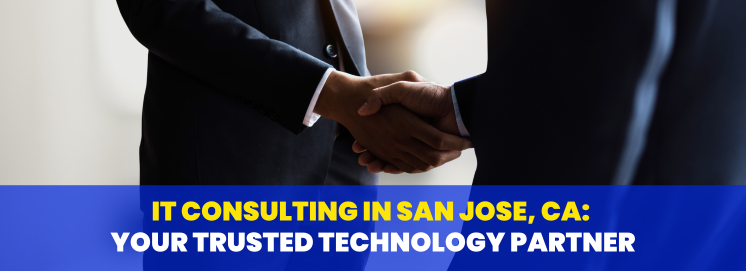Is Two-Factor Authentication Truly Secure?
In addition to a user name and password to log in, many websites – like banks and credit card companies, require a one-time passcode (OTP) sent via email or text message. This is seen as a far more secure authentication method since it uses two different authentication processes.
Two-factor authentication (2FA) relies on multiple means to confirm a user’s identity as an added layer of security. It’s a common practice for web applications and websites where sensitive information is stored or accessed. Cybersecurity teams tasked with protecting this data realize that password-protected access is no longer a sufficient safeguard.
The Logic Behind Authentication
Authenticating an identity relies on a combination of factors:
- Something you know
- Something you have
- Something you are
As mentioned, financial institutions like banks and credit card companies are strong advocates for multi-factor authentication because it’s not just an identity at stake – there’s the potential financial loss. To prevent unauthorized access, requiring direct knowledge of at least two of these factors is considered increased security because it relies on information only available to the user.
It’s So Simple. It’s Sophisticated
To simplify this process a bit and make it possible for large-scale 2FA use, upon entering a user name and password, the user is often prompted for a code – the OTP – sent to the user via the method of their choice, but typically either via email or text message to a mobile phone.
It all comes down to a fundamental concept: if a user is trying to enter a password and is prompted with a 2FA step, the logical assumption is the user will have access to their email or their text messages for this step. The implied added security here is that the user will also need to have their email password to access the message or have their mobile phone nearby, limiting the likelihood that unauthorized individuals will successfully overcome this particular 2FA process.
Alternative 2FA measures can include:
- Requiring a user to enter a PIN along with their password
- Answer a security question, like your mother’s maiden name
- The CVV code on your credit card
- Facial recognition
- Iris scan
- Voice recognition
The list goes on, and clearly, those last few are more sophisticated than the first few in this list. No matter how sophisticated 2FA is, the primary focus is on increased security to prevent unauthorized access to sensitive information.
Why Two-Factor Authentication Is a Good Idea
Your name, home address, financial account information, email, and even your health records today hold a lot of value on the black market, which is why identity theft is such a concern. Keeping information safe is a massive responsibility. One more step that businesses can take to prevent this data from finding its way into the wrong hands is to add extra layers of protection and ensure access is limited to only those who should have it.
Keeping web applications safe is just good business, and 2FA makes sense.




